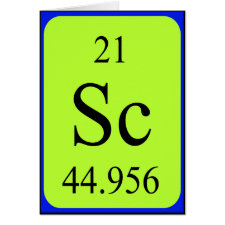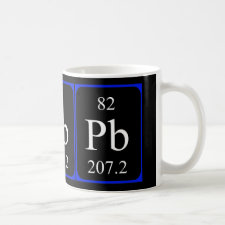
Authors: Fan RY, Zheng XM
Article Title: Thermodynamics and dynamics for adsorption of heavy metal ions on Pb(II) ion-imprinted composite membrane.
Publication date: 2013
Journal: Journal of Chemical Industry and Engineering (China)
Volume: 64
Issue: (5)
Page numbers: 1651-1659.
Alternative URL: http://www.hgxb.com.cn/CN/article/downloadArticleFile.do?attachType=PDF&id=14285
Abstract: A novel Pb(II)ion-imprinted composite membrane with microporous polypropylene membrane (MPPM) as support was prepared by a modified UV-induced graft copolymerization. In the graft strategy, benzophenone was immobilized on membrane by combining physical entrapment and UV-induced covalent immobilization methods. The adsorption and selectivity capabilities of the imprinted composite membranes towards Pb(II) were investigated with equilibrium adsorption and competitive permeation experiments. The imprinted composite membranes exhibit good adsorption and permselectivity towards Pb(II). The maximum adsorption capacity towards Pb(II)is 2.86 and 2.75 times that towards Cu(II) and Zn(II), respectively,and the permeation amount of Pb(II) in 48 h is 3.8 and 3.1 times. Langmuir adsorption isotherm models fit the equilibrium experimental data well (R2 = 0.991), indicating that the sorption is of monolayer-mode. The kinetics of the adsorption towards heavy metal ions follow the Lagergren pseudosecond-order model (R2 = 0.998, Δ Q 10%), and the adsorption process is dominated by chemical interaction. The thermodynamic parameters of Gibbs free energy change (Δ G), enthalpy changes (Δ H), and entropy change (Δ S) are calculated. Negative values of Δ H suggest exothermic nature of the adsorption, and negative values of Δ G indicate spontaneous nature of process. |Δ H| |TΔ S| suggests that the adsorption of heavy metal ions on the imprinted composite membranes is driven by enthalpy.
Template and target information: lead ion, Pb(II)
Author keywords: ion imprinted composite membrane, Heavy metal ions, Adsorption thermodynamics, adsorption dynamics, permselectivity



Join the Society for Molecular Imprinting

New items RSS feed
Sign-up for e-mail updates:
Choose between receiving an occasional newsletter or more frequent e-mail alerts.
Click here to go to the sign-up page.
Is your name elemental or peptidic? Enter your name and find out by clicking either of the buttons below!
Other products you may like:
 MIPdatabase
MIPdatabase









